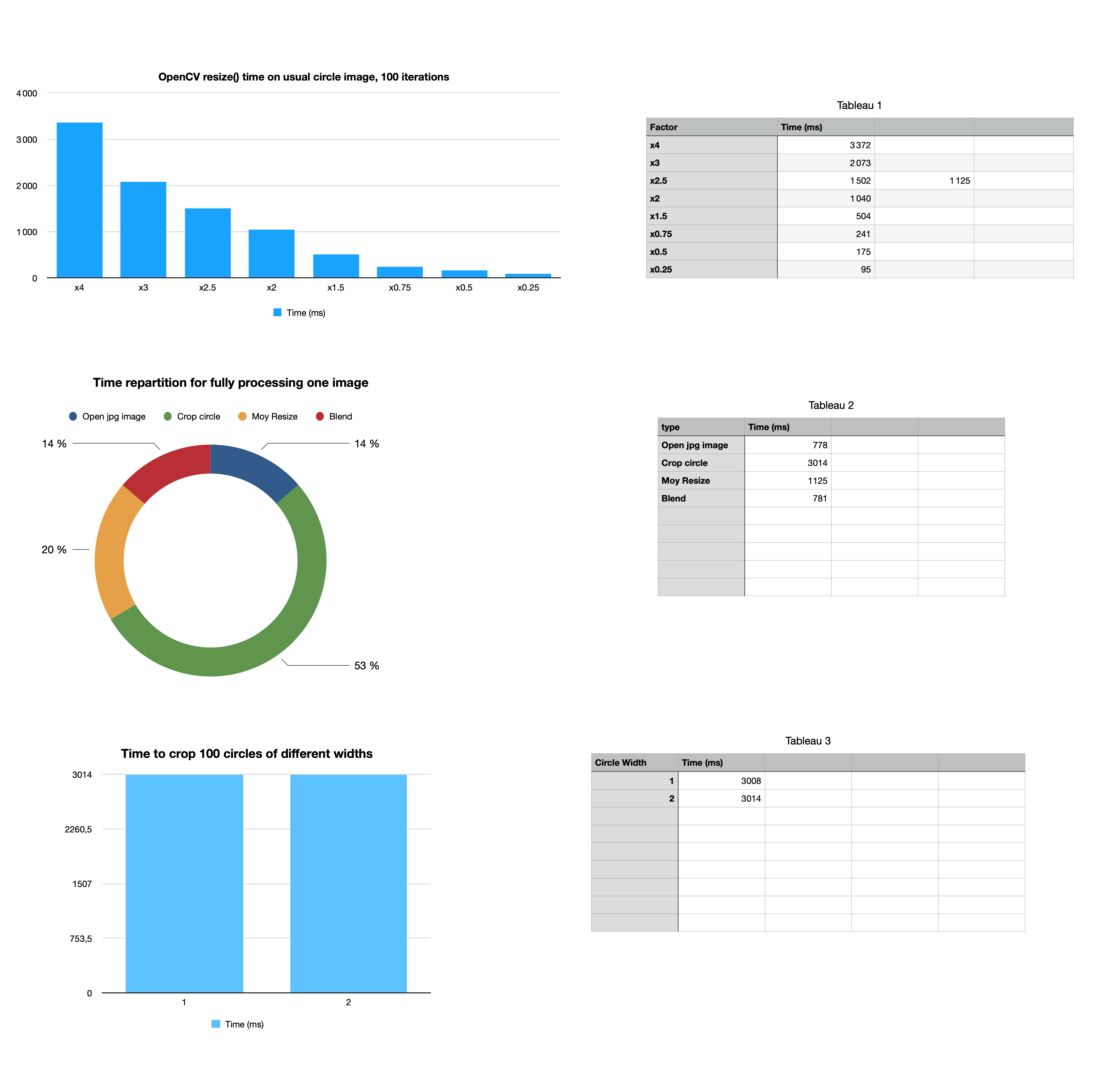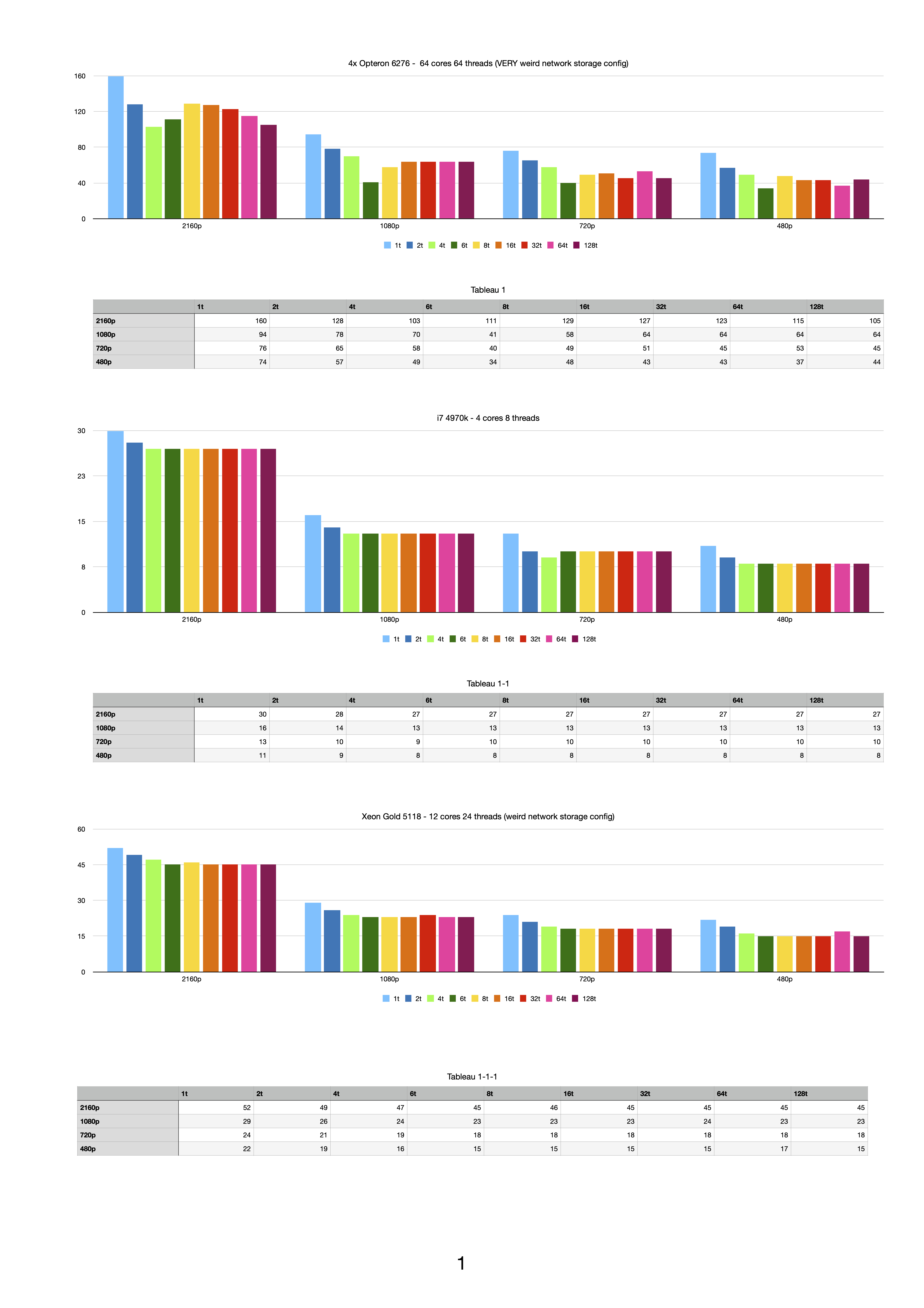Week 12: COVID Projects and My Open Source Journey
Thoughts on COVID-19 Projects
This week we spent a majority of our class time discussing open efforts regarding COVID-19. My contribution to the list sprung from a conversation I was having with my father. He was telling me about the new phone app the government was pushing its citizens to get, Aarogya Setu. Essentially, it asked users to fill out a health questionnaire as well as turn on their location and Bluetooth modules. The idea is that it will alert individuals if they have come in proximity with those who have been diagnosed with COVID-19. I am not quite sure if it alerts you if somebody has filled their health questionnaire to imply that they are sick?
Initially, I was curious if this app would count as an open effort. After all, people are volunteering their devices and willingly filling out health forms. But, I quickly dropped that thought, mostly because none of the collected information was being made public. But questions like what triggers an alert are serious ones that determine how useful the app is. For example, if it only alerts you if you have come in proximity to a confirmed patient, then I would argue its quite useless because India is carrying out limited testing due to a lack of resources. These sorts of questions requires for transparency that open-sourcing your implementation provides.
Coming across a firm tweet echoing this sentiment, I found a reply suggesting MIT’s SafePaths as a good model for the Aarogya Setu app. Digging a little deeper, I found their white paper outlining how they viewed data privacy as their top priority, citing witch hunts and social stigma as potential results of poor data handling. I found this quite respectable and began to feel a little frustrated that we had not adopted an open source tool as part of our approach.
So much so that I sort of went off an internet stranger (on Reddit) when they were talking about how dangerous it could be to open-source the Aarogya Setu app. Granted, I could have handled my response a little more gracefully and a little less mockingly but it was satisfying when their best response to my arguments were “bye” out of what, I can only assume, was sheer frustration. Ironically, I sleuthed the person’s comment history and they had recently commented about how they wanted to get into open-source development. Crazy, right?
I enjoyed the discussion we had in class, especially getting to take a look at what everybody else had come across. I found it valuable to have a quick discussion about categorizing the open efforts. It was interesting to look beyond the obvious hardware/software and data/non-data divide and realize how some projects required active contributions while others, like SafePaths and FoldIt, require passive contribution.
Open Source contributions
I think this week was just about the coolest contribution I made. Recently, I’ve started working on a visualization project called Movinyl (I got to name the project!)
I had come across this post on r/dataisbeautiful. Unfortunately, the source code for this was not made public by the illustrator (as he was selling the prints). Fortunately, I had stumbled across a comment by someone who was working on something very visually similar and was happy to share his repository! I shot that person a message to see if he was interested in walking me through his code. Next thing you know, we were making a new repository, making a logo, coming up with a roadmap, etc.
This week, I was able to take a small chunk off of one of the larger issues we wanted to tackle: multithreading our code to speed it up. I say that its the coolest contribution yet because I was able to use something I directly learned in my Parallel Computing course and apply it to this project! We even achieved some speedup!
We were able to run some benchmark tests to help us understand what parts to parallelize as well as understand the results


Honestly, this has been one of the cooler experiences of the semester. I was able to meet a complete stranger online and help shape a piece of fun, no-stress software along with apply something I learned in class.
In some of my engineering semesters, I tend to have a moment of clarity where things from a couple of classes feel like they’re coming together. Today, despite all the craziness in the world, I felt that moment with my pull request and it brought a tiny sense of normalcy back.
